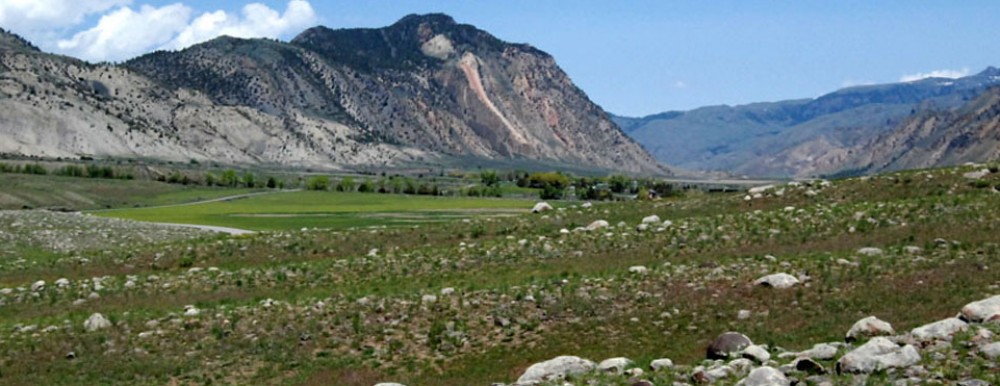 Our first paper on work that several of us are doing in the Gravelly Range, southwestern Montana, was just published in a special issue of Paludicola, Scientific Contributions of the Rochester Institute of Vertebrate Paleontology. This issue contains papers in honor of James Gilbert Honey, a paleontologist and stratigrapher who focused on the Cenozoic, particularly the paleontology/evolution of camels and the Paleocene’s Fort Union Formation geology and paleontology. We’re pleased to have our work included in this volume! You can find our entire paper at:
Our first paper on work that several of us are doing in the Gravelly Range, southwestern Montana, was just published in a special issue of Paludicola, Scientific Contributions of the Rochester Institute of Vertebrate Paleontology. This issue contains papers in honor of James Gilbert Honey, a paleontologist and stratigrapher who focused on the Cenozoic, particularly the paleontology/evolution of camels and the Paleocene’s Fort Union Formation geology and paleontology. We’re pleased to have our work included in this volume! You can find our entire paper at:
Rochester Institute of Vertebrate Paleontology – Paludicola:
Donald Lofgren, Debra Hanneman, Jackson Bibbens, Liam Gerken, Frank Hu, Anthony Runkel, Isabella Kong, Andrew Tarakji, Aspen Helgeson, Isabel Gerard, Ruoqi Li, Sihan Li, Zhihan Ji. 2020. Eocene and Oligocene mammals from the Gravelly Range of southwestern Montana. Paludicola 12: 263-297.
Our paper’s abstract is: High elevation outcrops of Tertiary strata in the Gravelly Range of southwest Montana yield late Uintan to Whitneyan vertebrates that comprise five mammalian assemblages; Rapamys Site, Black Butte Low, Teepee Mountain, Black Butte High, and Lion Mountain High. The Rapamys Site and Black Butte Low are late Uintan or early Duchesnean. Two new species are present at the Rapamys Site (the carnivore Lycophocyon tabrumi and the rodent Pareumys muffleri). Small mammalian assemblages from Teepee Mountain and Black Butte High are late Duchesnean-early Chadronian and Chadronian, respectively. The most diverse assemblage is from Lion Mountain High, which is correlative with Whitneyan faunas from Wyoming, Nebraska, and South Dakota. The Whitneyan age of the Lion Mountain High assemblage is further age constrained by an underlying tuff with a weighted mean 40Ar/39Ar age of 31.7 +- 0.02 Ma and an overlying basalt flow with a K/Ar age of 30.8 +- 0.7 Ma. Paleogeographic range extensions into Montana for Lion Mountain High taxa include Diceratherium tridactylum and Oxetocyon cuspidatus. The taxonomic composition of the combined Rapamys Site/Black Butte Low mammalian assemblage is most similar to those from southern California, rather than geographically closer assemblages found in Wyoming and Utah. Comparison of undescribed middle Eocene mammalian assemblages from southwest Montana to those from southern California will further elucidate the middle Eocene Montana-California paleobiogeographic affinity.
Our geology paper on this area is soon to follow….














